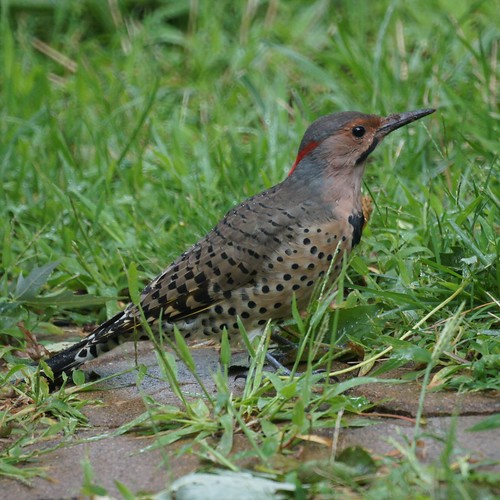Dr. Jungle's Animal Speak |
| How to Choose a Companion Bird for Your Home Posted: 30 Aug 2011 01:09 PM PDT
Companion birds – including canaries, cockatiels, parakeets, lovebirds, cockatoos and African Grey parrots – are very popular pets. For the right pet owner, these birds can provide daily enjoyment, as well as companionship for many years. If you've ever thought about getting a companion bird for your household, how do you know which type is the best for you? There are a number of different factors to consider. 1. What size pet can your household comfortably handle? Parakeets and canaries are small birds, and can be kept in relatively small homes and apartments. On the other hand, some types of cockatoos can be up to two feet tall and need significantly more space. 2. How much of an issue is noise? Some companion birds are more talkative than others. African Greys, for example, are a very popular parrot species and can develop vocabularies of hundreds of words or more – and they like to talk. Cockatiels, on the other hand, tend to be whistlers. If you live in an apartment building you may wish to consider a quieter type of bird. 3. How much "cuddling" do you want to do with your bird? Although much of this depends on each individual bird, there are some general differences between bird types. For example, cockatoos generally tend to be more "hands on" than African Greys. 4. Is this your first bird? If this is going to be your first time keeping a companion bird as a pet, consider a smaller and lower-maintenance breed such as a parakeet. 5. How much time are you going to be able to spend with your new bird on a regular basis? The more intelligent types of companion birds require more stimulation and direct interaction with you, so be honest about your lifestyle. If you're rarely home, or travel often, then perhaps this isn't the best type of pet for you. 6. What is your budget for your pet? Parakeets are inexpensive and can be found in many pet stores, while cockatoos are harder to find and may cost a thousand dollars or more. In addition, when you buy a companion bird you'll be responsible not only for the cost of the bird, but also the cost of a cage, toys, and food for years to come – don't forget to take these other costs into account. 7. How long are you willing to have the pet? Canaries generally live for up to ten years, while African Greys can sometimes live for 70 years. 8. How concerned are you with keeping control over your surroundings? Put another way, are you a "neat freak?" Companion birds can sometimes make a mess of their cage, and can sometimes be destructive when they are out of their cage, particularly the larger birds. Consider all of these factors, and you might find the type of companion bird that will be a satisfying pet for years to come. To see more on how to choose the right bird for you, see the Choosing a Pet Bird page! |
| You are subscribed to email updates from Dr. Jungle's Pets and Animal Speak To stop receiving these emails, you may unsubscribe now. | Email delivery powered by Google |
| Google Inc., 20 West Kinzie, Chicago IL USA 60610 | |











 Irish Wolfhound
Irish Wolfhound